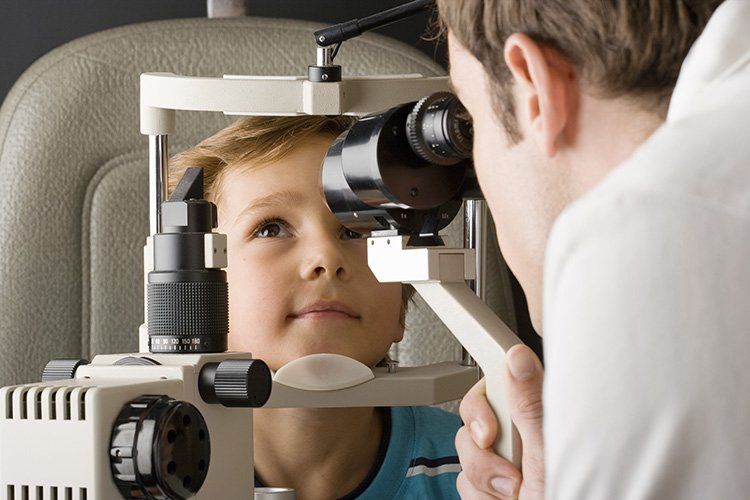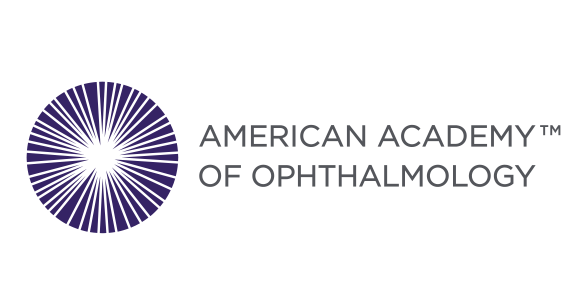Your Guide to LASIK Eye Surgery
- By
- •
- 30 Aug, 2017
- •

If you have ever had to wear glasses, you probably know the value that LASIK offers. LASIK is used to treat farsightedness, nearsightedness and astigmatism. In most cases, post-op patients find themselves with perfect or near-perfect vision. There is no need for glasses or contact lenses for many of these patients.
Since the 1990s, LASIK has improved considerably. The process involves the use of lasers to create flaps over the cornea. It is a relatively simple and short procedure, but it is natural to have questions about the surgery. This guide will answer some of your questions.
How Does LASIK Work?
The process of LASIK begins with the application of eye drops to operate as a numbing agent. You may also be given medication for you to relax, as many patients become nervous. Your doctor will use a device to keep your eyelids open.
After this, the eye doctor will use another device to keep your eye stable while creating a thin flap in your cornea. This allows lasers to reshape the cornea.
Typically, the LASIK surgery does not hurt, though you will very likely feel some pressure on your eye.
What Should You Do Before Surgery?
Before your surgery, you will be asked to stop wearing your contact lenses for a short period of time before you come in. This is because contact lenses, hard or soft, influence the shape of your cornea. It takes several weeks for the shape to go back to normal.
It is also important that you are open and honest about any eye issues you experience. This includes issues related to dryness or changes in your vision.
Finally, make sure that you do not use perfumes, lotions or creams around your face. Don't wear eye makeup to your appointment either. Taking these steps reduces your chance of infection.
What Should You Expect After LASIK?
One of the biggest benefits of LASIK is that it can totally change your lifestyle. Not having to wear glasses or contacts can make travel and athletic activity simpler and more comfortable. You should expect to not need to wear glasses long-term anymore, though you may still require reading glasses.
LASIK itself is over quickly, and it also offers immediate results. Some blurring is common on the first day, but it should not be very intense.
The recovery period may also include some issues with sight, including halos and slightly cloudy vision. It is a good idea to take a nap after the surgery so that you can rest your eyes and they can receive the recovery time they need.
It may take you some time to recover after LASIK. You may not be able to return to work until the next day, and it may take you several days to drive safely again. Your doctor will provide more details about your recovery timeframe.
Are You a Candidate for LASIK?
Unfortunately, not everybody is a candidate for LASIK. If your occupation does not allow you to have the surgery or if you are unable to afford it, this is certainly a barrier.
You may not be a candidate for the procedure if you have certain medical conditions, including autoimmune diseases. You may also not be eligible if you take medications that prevent healing or if your prescription is still changing. Corneal thickness and pupil size also come into play.
Are you interested in LASIK? Your eye doctor can tell you if you are an eligible candidate for the procedure. Robert S Haymond, MD can help you figure out if the surgery is right for you and what your next steps should be.




